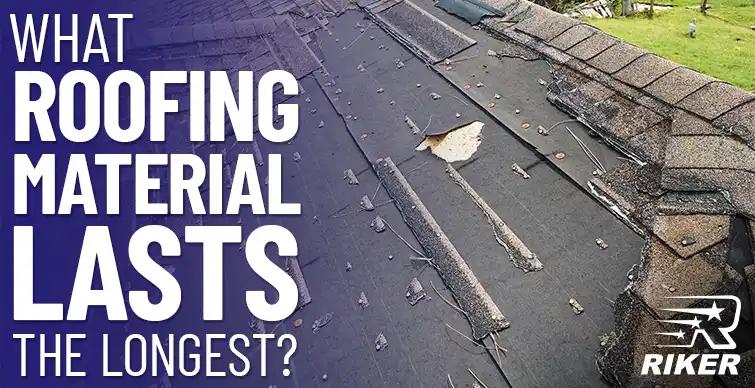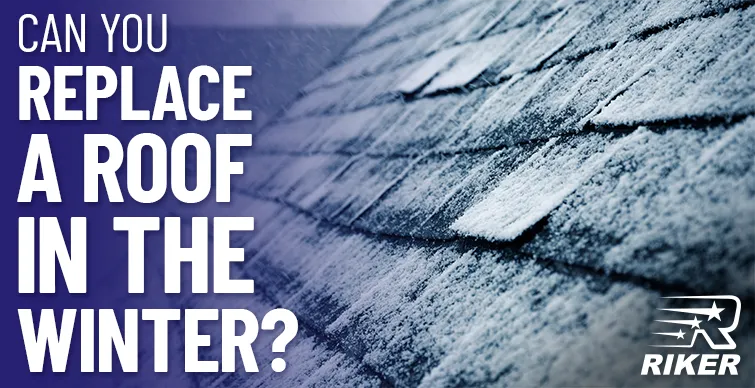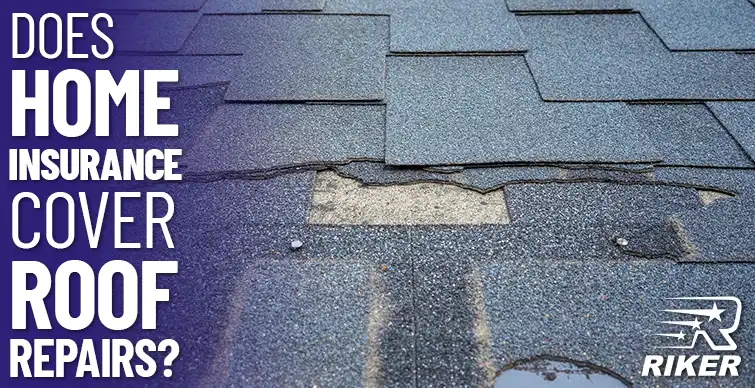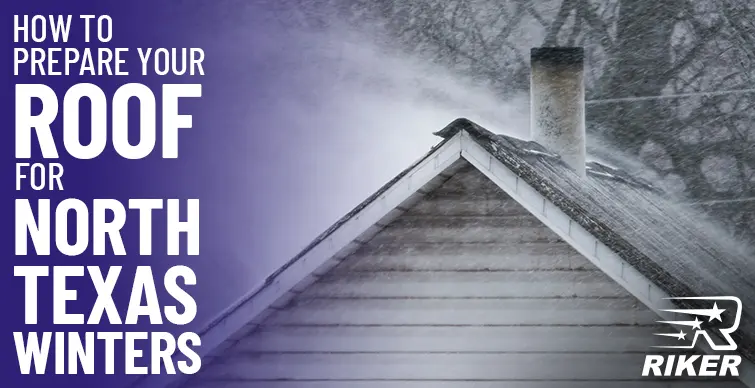
Choosing the right roofing material is a significant decision for homeowners in the DFW Metro, across Texas, and throughout the country. The type of roofing material can greatly affect the longevity, aesthetics, and overall value of a property. With so many options available, each with its unique qualities, advantages, and lifespan, making an informed choice is crucial. Whether you’re building a new home or replacing an old roof, understanding what roofing material lasts the longest can save you time, money, and headaches in the long run.
In this article, we’ll explore various roofing materials, ranging from the centuries-old durability of slate to the popular asphalt shingles, metal roofs, wood shakes, and more. By examining the benefits and drawbacks of each option and how long they typically last, we can help homeowners determine what roofing material lasts the longest. In addition, this guide will help you choose the roofing material that best meets your needs and ensures your home remains protected for years to come.
Key Takeaways
- Slate roofs are the longest-lasting roofing materials, often lasting over 100 years.
- Clay and concrete tiles offer excellent longevity, typically lasting 50-100 years.
- Metal roofing can last between 40-70 years, depending on the material.
- Asphalt shingles, though popular, have the shortest lifespan, generally lasting 15-30 years.
- Wood shakes and shingles can last up to 40 years with proper maintenance.
Slate Roofing: The Longest-Lasting Roofing Material (100+ Years)
Slate roofing stands out as the epitome of longevity and durability among roofing materials. When installed and maintained properly, slate roofing can last over a century. Slate roofs are made from natural stone and offer unparalleled resistance to extreme weather conditions. They are also fire and rot-resistant, making slate roofing a top-tier choice for homeowners seeking durability and minimal upkeep, as well as those searching for the longest-lasting roofing material.
Pros of Slate Roofing
- Extreme longevity: Slate roofs can last over 100 years, often outlasting the buildings they cover.
- High durability: Impervious to harsh weather, fire, and mold, slate is a powerhouse of resilience.
- Low maintenance: Once installed, slate requires minimal maintenance, making it a hassle-free option.
- Aesthetic appeal: Slate roofing exudes a classic, timeless beauty that can enhance a home’s curb appeal.
- Eco-friendly: Made from natural stone, slate is a sustainable choice that can be recycled.
Cons of Slate Roofing
- High cost: Slate is among the priciest roofing materials, often exceeding the budget of many homeowners.
- Heavyweight: The weight of slate tiles necessitates reinforced roofing structures, which can add to overall costs.
- Complex installation process: Installing slate requires specialized skills and experience, which can limit the number of qualified contractors.
- Fragile: While durable, slate can be fragile and prone to cracking if not handled properly during installation or maintenance.
Why Slate Lasts So Long
Slate is a natural stone formed under high pressure and heat. This makes it impervious to water and fire. Its density also prevents mold and rot growth, ensuring longevity. Add minerals like quartz and mica to the mix, and you get unmatched durability. This is why slate is the best answer to “what roof material lasts the longest” as it can last over a century.
Clay and Concrete Tiles (50-100 Years)
Clay and concrete tiles are reliable and strong roofing options known for their impressive durability. Clay tiles can last up to 100 years, while concrete tiles typically endure 50-60 years.
Pros of Clay and Concrete Tiles
- Weather-resistant: Clay and concrete tiles can withstand extreme conditions, including hurricanes and high winds.
- Fire-resistant: These materials are non-combustible and provide excellent fire protection.
- Variety of styles: These materials are available in various colors and shapes to suit different aesthetics.
- Eco-friendly: Clay and concrete tiles are made from natural and recyclable materials.
For more information on recognizing signs of roof damage, read our article on Signs Your Roof Needs to be Replaced.
Cons of Clay and Concrete Tiles
- Heavy: These tiles are weighty and may require reinforced structures.
- Fragility: Clay and concrete tiles are susceptible to cracking under heavy impact, like falling branches.
- High cost: Initial installation and structural reinforcement can be expensive.
- Complex installation: Clay and concrete tiles require skilled labor, adding to the overall cost.
Why Clay and Concrete Tiles Last So Long
Clay and concrete tiles resist fire, pests, and rot naturally. Their composition prevents warping under extreme temperatures. Proper installation ensures they remain water-resistant, avoiding structural damage.
For more information about the best time to replace your roof, visit our article on The Best Time to Replace Your Roof in North Texas.
Metal Roofing (40-70 Years)
Metal roofing is increasingly popular for its durability and eco-friendliness, with materials like steel, aluminum, copper, and zinc. Copper roofs can last up to 70 years or more.
Pros of Metal Roofing
- Lightweight: Easier to install than slate or tile.
- Eco-friendly: Most metal roofing materials are recyclable.
- Energy-efficient: Reflects heat, reducing cooling costs.
- Low maintenance: Requires minimal upkeep over the years.
Cons of Metal Roofing
- Noisy: Rain and hail can be loud without soundproofing.
- Denting: Vulnerable to hail or heavy debris impacts.
- High cost: Initial installation can be pricey.
- Expansion and contraction: Metal can expand and contract with temperature changes, leading to potential issues.
Why Metal Roofing Lasts
Metal roofing stands out due to its resilience against many environmental factors. It resists corrosion, extreme temperatures, and strong winds, especially when treated with protective coatings. These coatings enhance the metal’s durability, making it impervious to rust and extending its lifespan. Metal’s reflective properties also help regulate temperature and reduce thermal stress on the roof.
Read our article on Dangers in Delaying Roof Replacement to understand why timely roof replacement is crucial.
Asphalt Shingles (15-30 Years)
Asphalt shingles are the most common roofing material in the United States. Many homeowners choose this type of roofing material because they are affordable and easy to install. However, asphalt shingles have a shorter lifespan, typically lasting between 15 and 30 years.
Pros of Asphalt Shingles
- Affordability: Asphalt shingles are quite affordable.
- Variety: They come in a wide range of colors and styles.
- Ease of installation: They are quicker and simpler to install.
- Widely available: It is easy to source and replace asphalt shingles.
Cons of Asphalt Shingles
- Short lifespan: They have a short lifespan and often need more frequent replacements.
- Susceptible to weather damage: Asphalt shingles degrade faster in extreme weather.
- Lower durability: They are less resistant to wind and impact damage.
- Environmental impact: Asphalt shingles are not as eco-friendly as other materials.
Why Asphalt Shingles Have a Shorter Lifespan
Made from fiberglass and asphalt, these materials break down more quickly under UV exposure and temperature fluctuations. Their granules wear off over time, reducing protection. Weather changes cause expansion and contraction, leading to cracks and splits, which shortens their life. If you are searching for “what is the longest-lasting roof material,” asphalt shingles might not be your choice.
For more insight on the effects of storms on roofing materials, check out our article on Signs of Roof Damage in North Texas.
Wood Shakes and Shingles (30-40 Years)
Wood roofing, including shakes and shingles, can last up to 40 years with proper maintenance. They offer a natural, rustic look.
Pros of Wood Shakes and Shingles
- Aesthetic appeal: Classic, natural appearance.
- Insulation properties: Wood is a natural insulator, reducing energy costs.
- Eco-friendly: Made from renewable resources.
- Customizable: Can be stained or painted to match any style.
Cons of Wood Shakes and Shingles
- High maintenance: Requires regular upkeep to prevent mold, rot, and pests.
- Fire risk: More flammable unless treated with fire retardants.
- Prone to weathering: Can be damaged by moisture and UV exposure.
- Cost: They can be more expensive due to the need for maintenance and treatments.
Why Wood Roofing Lasts (When Maintained)
Wood shingles and shakes can last up to 40 years with proper care. Regular treatment with waterproofing agents and fire retardants is key. Keeping the roof clean prevents moss and mold buildup, ensuring longevity. Consistent maintenance is the secret to extending the life of wood roofing.
Learn more about maintaining roofing materials in our article on How Often Should You Have Your Roof Inspected?
Trust Riker Home Services for Quality and Durable Roofing Materials
Are you looking for quality and durable roofing materials? Trust Riker Home Services for all your roofing needs. As a family and veteran-owned roofing company in the Dallas-Fort Worth metroplex, we pride ourselves on helping homeowners find the right roofing material to fit their home and budget. Our comprehensive services include new roof installations, reroofing, roof inspections, roof repair, and roof replacement. Above all, we will help ensure that your home is protected for many years to come. Contact us today to get a no-obligation quote.


